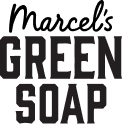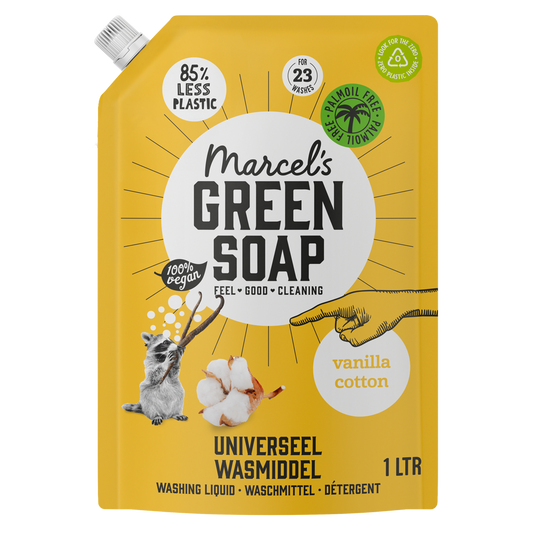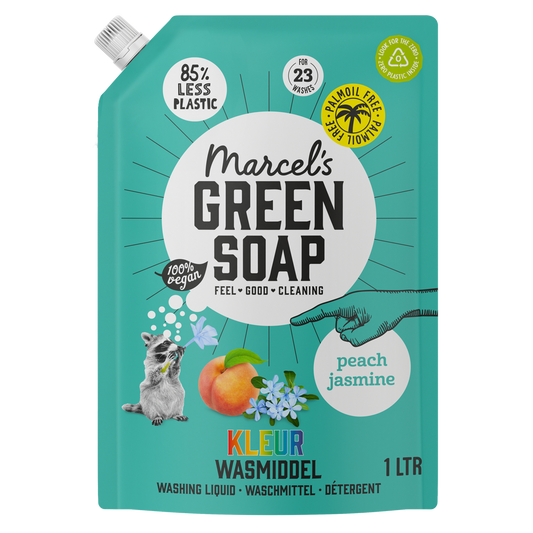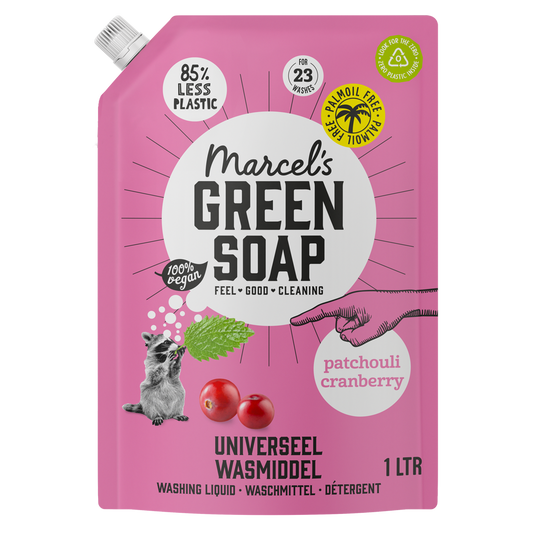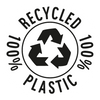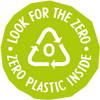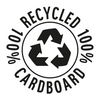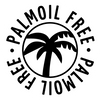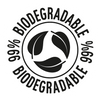Did you know that only 15% of plastics are recycled in the Netherlands? The rest is either incinerated or ends up in nature. Meanwhile, the production of new plastic continues at full speed. This really needs to improve. We don't need new plastic anymore; there's enough plastic on our planet! That's why Marcel’s Green Soap chooses bottles made of 100% recycled plastic, made from old plastic packaging.
Bottles made of 100% recycled plastic are produced from collected plastic from local households. That collected plastic goes through a whole process before becoming a new bottle:
The waste is sorted and separated into different streams.
The separated plastic is reduced to pieces of 5 to 10 cm, also known as 'shred'.
Grinders further grind the shred into flakes, which are then washed.
The flakes are melted and filtered to remove impurities, after which the melt is chopped into pellets in a kind of mincer.
And there you have it: a recycled raw material with similar properties to new plastic, ready to be reused in the plastic chain. In our case, bottles for Marcel’s Green Soap. Remarkable, isn't it? That's why it's so important that we all continue to separate and collect plastic. But also that we, as consumers, consciously choose products in packaging made of recycled plastic (when you have the choice). Or even better: plastic-free packaging. If we all become a little more aware of this, we can slow down the production of new plastic.
TOGETHER AGAINST NEW PLASTIC
We really don't need new plastic anymore. There is already more than enough plastic on the planet! This is also evident from 2 studies by an international team of scientists: "The growth of global plastic production is outpacing what the world can collect in plastic waste. Reducing this flow of plastic waste would only succeed if the rapidly increasing production of newly manufactured plastic is slowed down."
And that existing amount of plastic waste on our planet? It can be reduced with the help of existing technologies. "These include collecting and recycling plastic waste, redesigning products to eliminate the use of non-recyclable plastics, expanding opportunities for refill packaging, and in some cases replacing existing materials. But solutions like recycling (currently only 12% of all plastic worldwide is reused) would need to be significantly expanded."
HOW YOU CAN HELP
As described above, there are several ways to contribute. The first is, of course, to deliver your plastic waste. And preferably well-separated. Most packages provide information on how to recycle the packaging best. But you can do even more to help the recycling process of plastic waste:- Don't put different packages together; it's difficult for sorting machines.
- Only put small plastic packages in the plastic bin. Old toys or a garden chair can go to the environmental square.
- Use a transparent bag so that it is visible that there is plastic (and possibly cans and beverage cartons) in it.
Sources: Gerecycledeflessen.nl, National Geographic, Plastic Soup Foundation.

